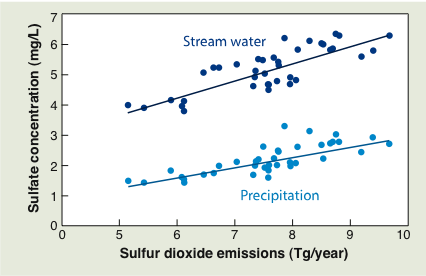Discoveries
Discoveries at Field Stations |
Inspiring new technology
In 1938 at the Huyck Preserve and Biological Research Station in New York, Donald Griffin discovered that bats use echolocation to navigate and hunt. This finding quickly took on global implications, leading directly to the Allied Forces’ development of sonar and radar during World War II.
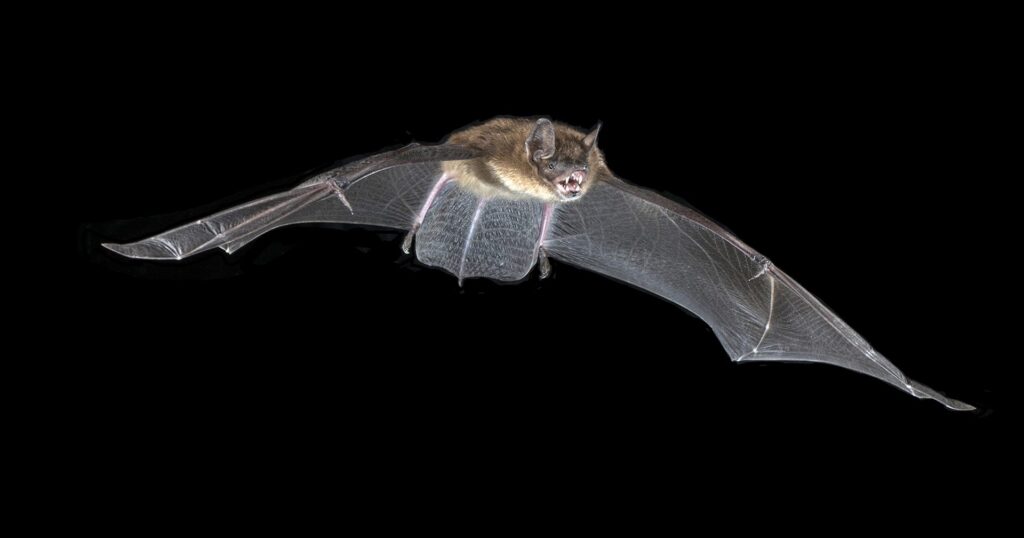
Linking ecology and human health
Researchers at Sevilleta Field Station in New Mexico have drawn on the station’s long-term data sets to demonstrate that hantavirus outbreaks are linked to deer mice populations and El Niño weather patterns.
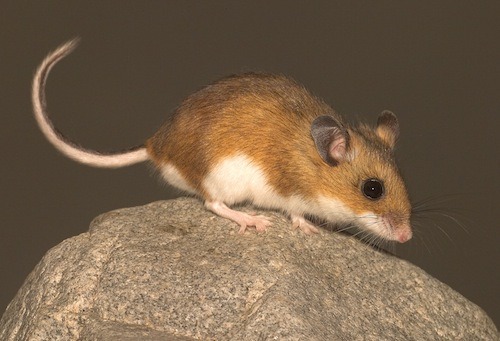
Predicting the effects of climate change
Dozens of global climate change studies are underway at field stations across the country, from Stanford University’s Jasper Ridge Biological Preserve in California to the Harvard Forest in Massachusetts.
Together, these long-term studies have fundamentally altered our understanding of the impact global warming is having on natural systems.
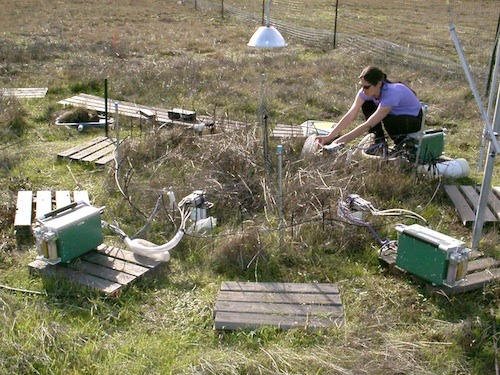
Sparking new biomedical technology
Scientists studying a population of parasitic flies at the Brackenridge Field Laboratory in Texas discovered that the fly had a previously unknown acoustical organ. This finding has led to a groundbreaking design for innovative directional hearing aids.
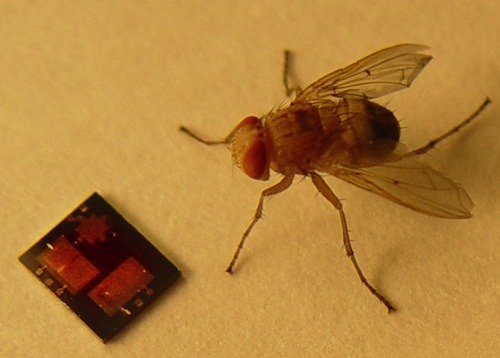
Observing and tracing environmental change
At Hubbard Brook Experimental Forest in New Hampshire, researchers working on long-term waterquality studies noted a disturbing increase in the acidity of lakes and streams.
Further work linked “acid rain” with emissions from coal-fired power plants and industrial facilities, resulting in national emission standards that have substantially improved water quality.

